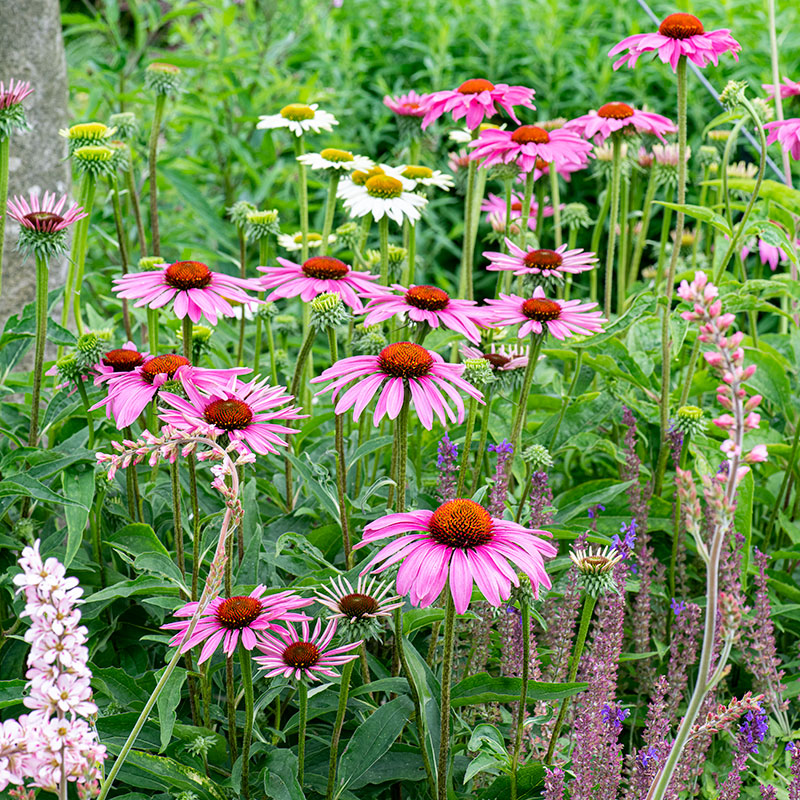Seed Packet
Rattlesnake Master
Eryngium yuccifolium
A tallgrass prairie native, rattlesnake master was utilized by early indigenous peoples, who crafted the fibrous leaves into strong textiles. Bone-white flower clusters resembling small thistles contrast with purple-toned plants such as dark-leaved Penstemons, and look lovely with coneflowers in meadows and borders. Easy to grow and adaptive to differing soil conditions.
SKU #S1407
Growing Companions













































